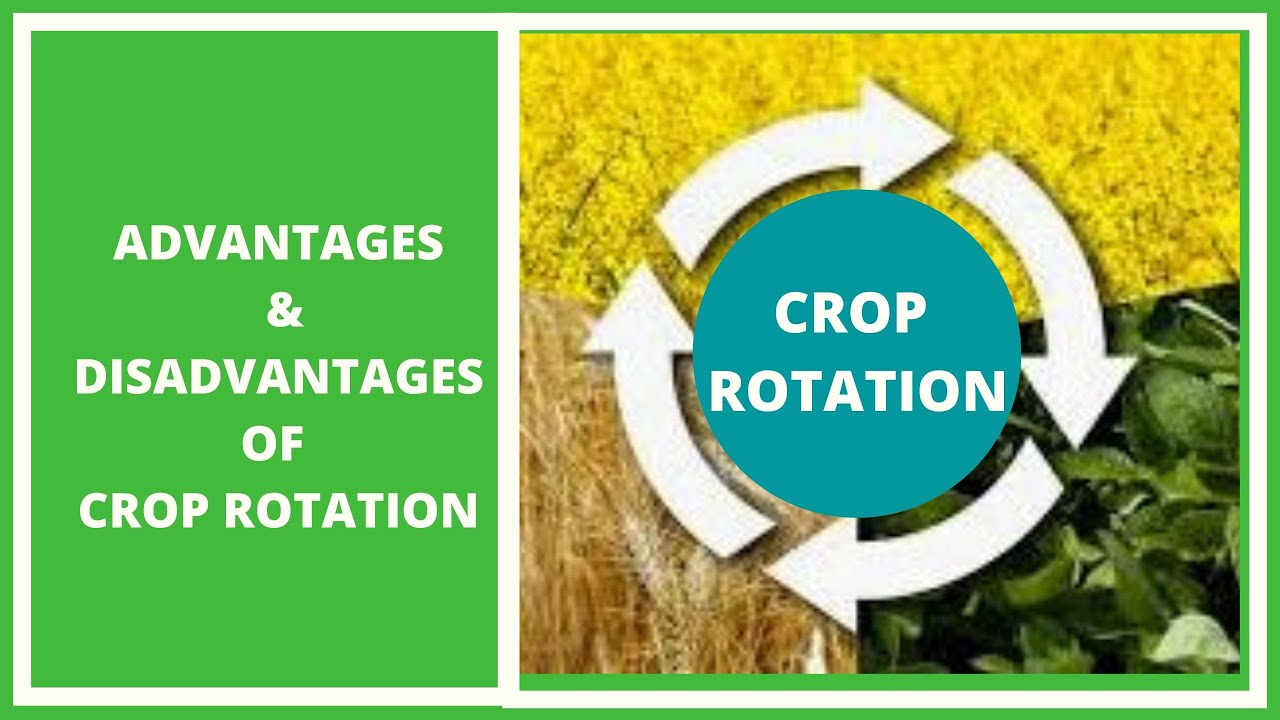The Benefits of Crop Rotation: Enhancing Agricultural Productivity
Crop rotation is an essential agricultural practice that involves the systematic planting of different crops in a specific sequence over time. This technique offers numerous benefits, ranging from improved soil health and fertility to pest and disease control. In this article, we will explore the advantages of crop rotation and how it can significantly enhance agricultural productivity.
Enhancing Soil Health and Fertility
Crop rotation plays a pivotal role in maintaining and enhancing soil health and fertility. By alternating crops with different nutrient requirements, farmers can prevent the depletion of specific nutrients in the soil. For example, leguminous crops, such as soybeans or peas, have the unique ability to fix atmospheric nitrogen and convert it into a form that is readily available to other plants. When these crops are included in the rotation, they enrich the soil with nitrogen, reducing the need for synthetic fertilizers.
Controlling Pests and Diseases
Crop rotation is a powerful strategy for managing pests and diseases in agricultural fields. By altering the crop species grown in a particular area, farmers can disrupt the life cycles of pests and break disease cycles. Certain pests and pathogens are specific to particular crops, and by rotating crops, their populations can be reduced or eliminated. This reduces the reliance on chemical pesticides, promoting environmentally friendly farming practices.
Managing Weed Growth
Weeds compete with crops for essential resources such as water, nutrients, and sunlight. Crop rotation can effectively manage weed growth by interrupting their life cycles. Different crops have varying growth habits and nutrient requirements, which can be used strategically to suppress weed growth. For instance, planting a crop with dense foliage can shade out weeds and prevent their germination and growth. By implementing crop rotation, farmers can minimize the use of herbicides and reduce weed-related yield losses.
Improving Soil Structure
Crop rotation contributes to the improvement of soil structure. Different crops have different root systems, some of which are deep-rooted while others are shallow-rooted. Deep-rooted crops, such as corn or sunflowers, penetrate the soil deeper, breaking up compacted layers and improving drainage. Shallow-rooted crops, on the other hand, help in preventing soil erosion by holding the topsoil firmly in place. By incorporating a diverse range of crops in the rotation, farmers can enhance soil structure, leading to improved water infiltration and nutrient availability.
Enhancing Biodiversity
Crop rotation promotes biodiversity in agricultural ecosystems. By cultivating a variety of crops, farmers provide habitat and food sources for a wide range of beneficial organisms, including pollinators and natural predators of pests. This helps maintain a balanced ecosystem, reducing the dependence on synthetic inputs and promoting long-term sustainability.

In conclusion, crop rotation is an invaluable practice that offers a multitude of benefits for agricultural productivity. By implementing crop rotation, farmers can enhance soil health and fertility, control pests and diseases, manage weed growth, improve soil structure, and promote biodiversity. These advantages contribute to sustainable and environmentally friendly farming practices, ensuring the long-term viability of agricultural systems. Embracing crop rotation can lead to higher yields, reduced reliance on synthetic inputs, and a healthier ecosystem for future generations.
Frequently Asked Questions about Benefits of Crop Rotation
1. What is crop rotation?
Crop rotation is the practice of growing different crops in a specific sequence on the same piece of land.
2. Why is crop rotation important?
Crop rotation helps to improve soil fertility, control pests and diseases, and increase crop yields.
3. How does crop rotation improve soil fertility?
Crop rotation helps to replenish soil nutrients, prevent nutrient depletion, and reduce soil erosion.
4. Does crop rotation help control pests and diseases?
Yes, crop rotation disrupts pest and disease life cycles, reduces pest populations, and minimizes the risk of crop damage.
5. Can crop rotation increase crop yields?
Yes, by alternating crops, nutrient uptake efficiency is improved, soil structure is enhanced, and the risk of yield-reducing pests and diseases is reduced.
6. What are some common crop rotation systems?
Common crop rotation systems include the three-field rotation (wheat, legumes, fallow), four-field rotation (wheat, barley, turnips, clover), and diverse multi-year rotations.
7. How long should a crop rotation cycle be?
The length of a crop rotation cycle depends on various factors such as crop types, soil conditions, and farming goals, but it typically ranges from 2 to 7 years.
8. Can crop rotation help reduce the need for synthetic fertilizers?
Yes, crop rotation reduces the reliance on synthetic fertilizers by improving soil fertility naturally through the use of nitrogen-fixing legumes and nutrient-balancing rotations.
9. Does crop rotation have any environmental benefits?
Yes, crop rotation promotes biodiversity, reduces soil erosion, minimizes water pollution from chemical inputs, and contributes to sustainable farming practices.
10. Are there any economic benefits associated with crop rotation?
Yes, crop rotation can lead to increased profits for farmers due to improved yields, reduced input costs, and better overall farm management.




